Generating leads is a basic marketing objective for most companies, but not all leads are the same. Some of them are practically ready to buy, while others are "false leads" that you will never be able to convert into customers.
Having a good lead qualification system in place is essential to leverage your marketing budget and focus on opportunities to generate more ROI. Want to know how to qualify your leads?
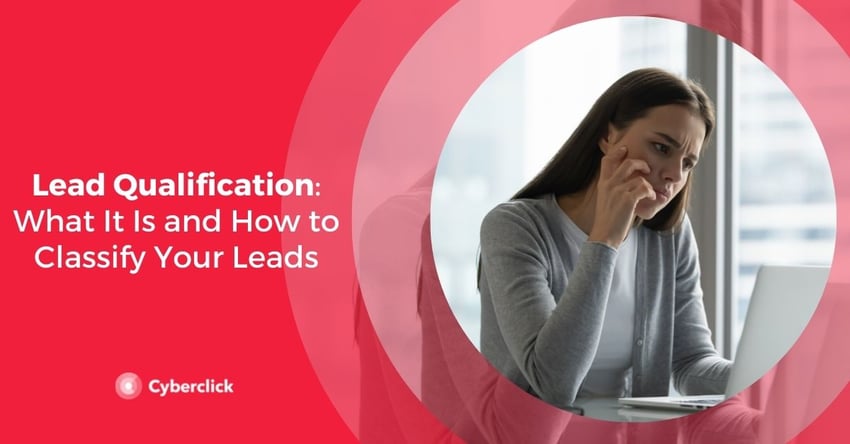
What Is Lead Qualification?
Lead qualification is an essential step in lead generation, as it helps to reduce lead quality problems, management costs and problems derived from an excessive volume of leads.
A qualified lead is one that meets the criteria you have defined for your conversion funnel and has a high probability of becoming a customer. This type of lead has been incorporated into your sales cycle, has clearly defined needs, and has a budget for the purchase. In contrast, an unqualified lead is not sure what products or services you offer, why they are important, and/or does not have the necessary budget.
To further refine your lead qualification process, it can help to classify leads into different categories. The classification below is one of the most useful and popular.
-
Hot leads are those that meet all the criteria you have defined for your ideal customer. They have clearly identified their need and they have the budget required. On your end, you have the contact information of the decision maker and they want to buy or implement a solution. With these types of leads, you can directly implement sales strategies.
-
Tempered leads are those that meet some of the requirements you have defined, but are still missing one or two (usually time, budget or both). On the other hand, they usually have a clear need and fit the profile of your customers. To manage these leads, you can include them in your lead nurturing process (more about this in the last section of this article).
-
Cold leads are those where most of the criteria are not met, but they have left you their data and have expressed some interest in your brand. They are the lowest priority, but you can add them to your mailing list and start communicating with them little by little.
Lead Scoring in the Lead Qualification Process
Lead scoring is a technique that can be very useful when it comes to clearly qualifying your leads. The process consists of assigning a value, usually numerical, to each of the leads you have generated. This value takes into account different aspects, such as the characteristics of the lead or interactions with the brand, and helps you to determine how ready they are to buy.
Based on the score obtained, you can pass the leads to the right team, prioritize them according to the stage of the process they are in, and interact with each of them in an appropriate way to improve your conversion rate.
There is no universal formula for creating a lead scoring algorithm, as each brand's situation and needs are unique. Nevertheless, here are some examples of lead scoring from different companies
-
Cyberclick: At Cyberclick we have designed our own lead scoring method, which is based on the demographic profile of the lead and its behavior. Depending on their profile, leads are classified as unknown, unsuitable, suitable and highly suitable. Depending on their behavior, a lead can be considered inactive, not very active, active, or very active. Crossing both parameters, we can divide leads into hot, warm or cold.
-
Juan Merodio: this digital marketing expert has a lead scoring matrix based on two different scores, the PAIN score and the FIT score. The PAIN score measures the intensity of the problem faced by the customer, while the FIT score measures the extent to which a user fits with your buyer persona.
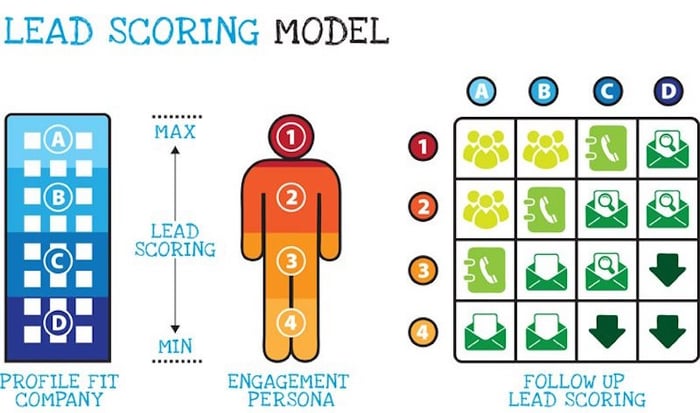
-
Lead Pilot: an inbound marketing tool for financial advisors with its own integrated lead scoring solution. Each lead receives a score between 1 and 100 that changes in real time. The closer to 100, the more qualified the lead is.
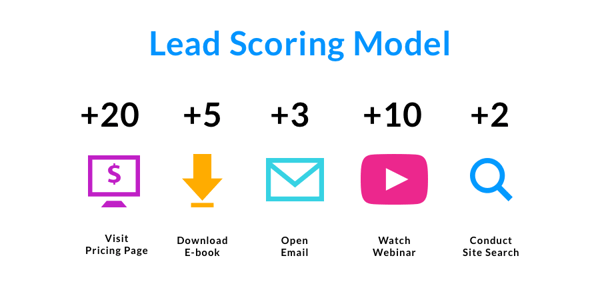
Lead Nurturing and Lead Qualification
Lead nurturing is the process of preparing and accompanying leads throughout the buying cycle, from the first contact with your brand until they become loyal customers. After qualifying your leads, you will know which phase of the process to place them in order to start working toward the conversion.
These are some important factors to take into account when defining your lead nurturing strategy.
-
Frequency of contact. A lead nurturing strategy defines several points of contact during which you will communicate with the potential customer. The frequency of this contact varies greatly depending on factors such as the "temperature" of the lead, their role in decision-making or the frequency with which they purchase your products. You will have to decide what is the right interval between contact points to keep your brand in the lead's mind without making them feel pressured or annoyed.
-
Email marketing. You can do lead nurturing through different channels, but for most brands, email is an essential touch point. It allows you to send highly personalized communications so that leads receive the right message at the right time. As many brands use email, think carefully about your creative in order to stand out in the inbox.
-
Remarketing. Online advertising platforms offer the possibility of creating remarketing lists to retarget users who already know you. To achieve maximum effectiveness, you can create different lists according to the temperature of the leads, for example, users who have visited your website in the last 90 days or users who have left an abandoned shopping cart.
AI-Driven Business Digital Strategy Consultant en Cyberclick. Experta en ecommerce, experiencia de usuario (UX), inbound marketing y estrategias de CRO orientadas a maximizar las conversiones. Acompaña a las empresas en la integración de la IA en su negocio y en la toma de decisiones digitales para impulsar crecimiento y eficiencia.
AI-Driven Business Digital Strategy Consultant at Cyberclick. Expert in ecommerce, user experience (UX), inbound marketing and CRO strategies focused on maximising conversions. She helps companies integrate AI into their business and make better digital decisions to drive growth and efficiency.

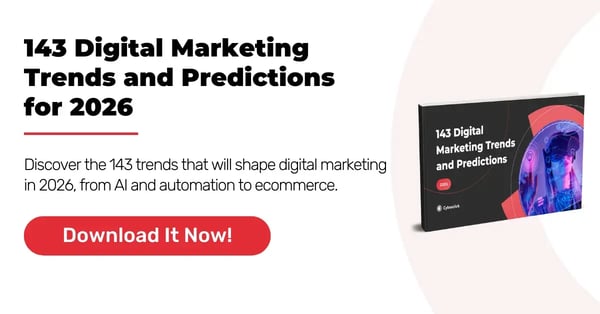

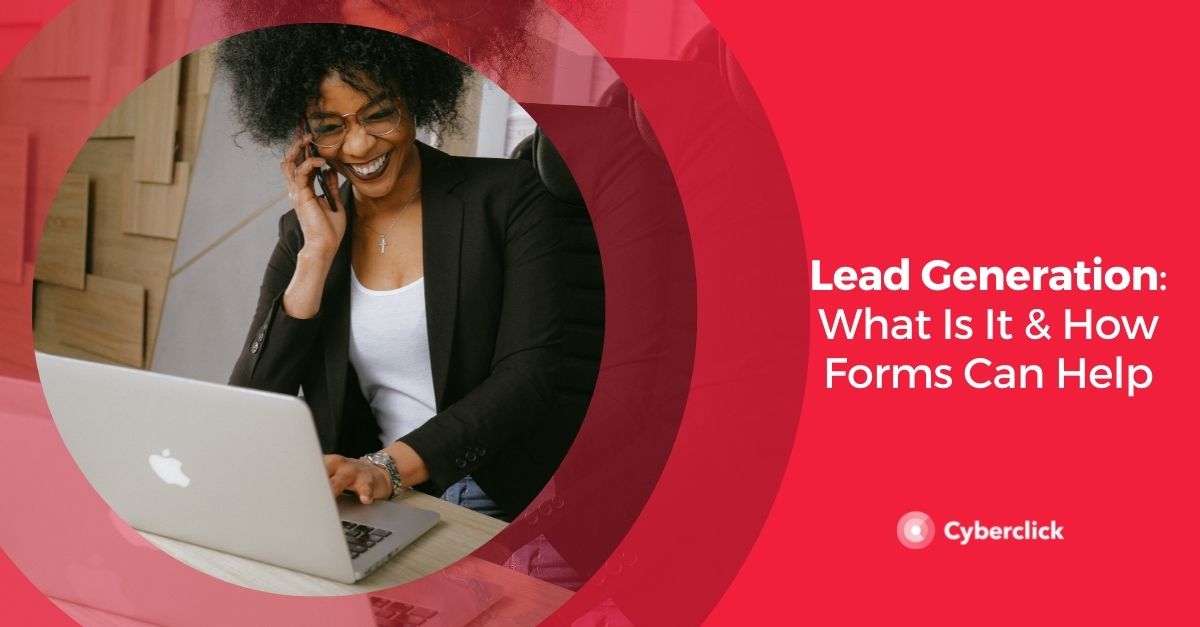
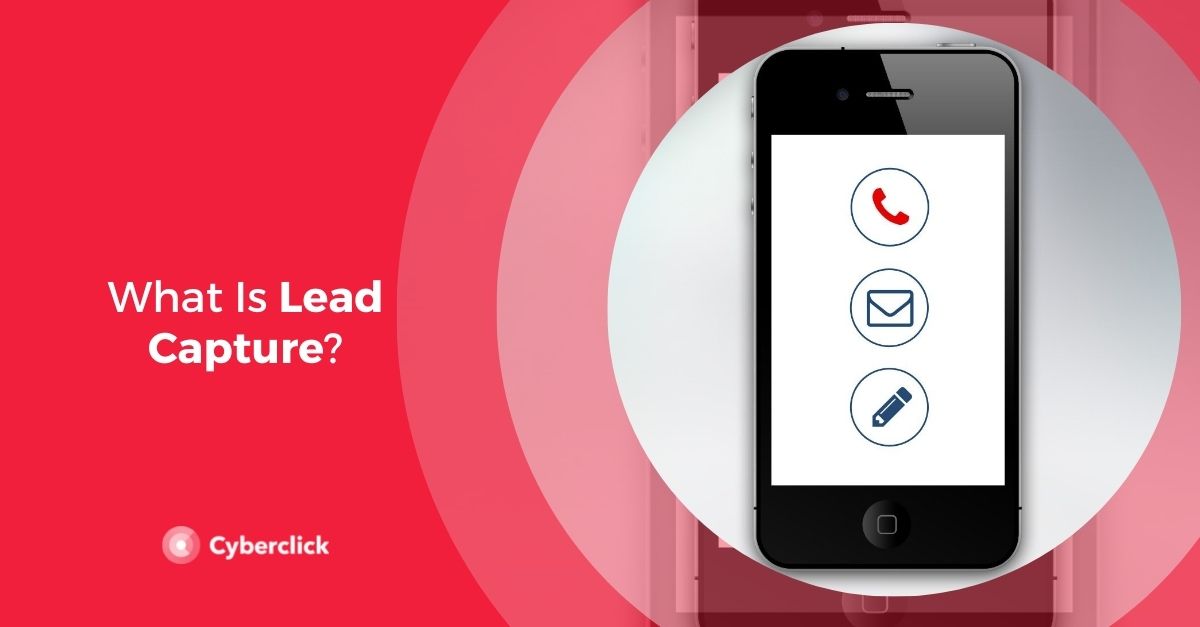
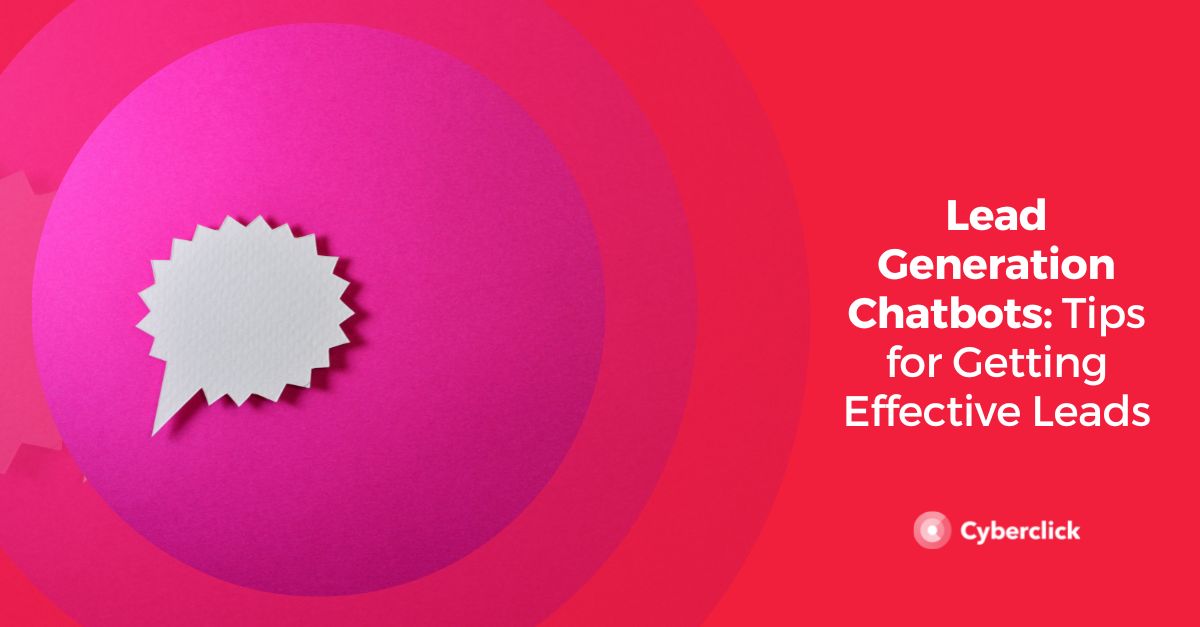
Leave your comment and join the conversation